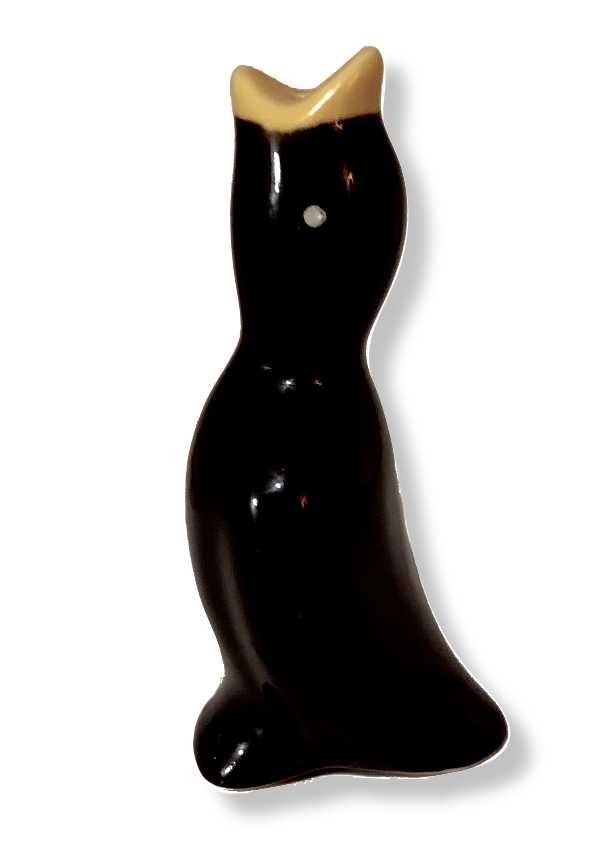
Dorri Partain
Assistant Editor
A little bird told me your pie crusts are soggy.
While this little ceramic bird might resemble a salt shaker, its function is to help pie bakers achieve a crispy crust with no spillovers of filling. Experienced bakers know that a double-crust pie needs to be “vented” to cook properly; usually a few well-positioned slits in the top crust is sufficient to release the steam that builds up as the pie bakes.
While vents cut into the crust can be decorative, bakers in Europe began to favor the use of a metal or ceramic funnel during the 19th century. Classified as pie whistles, chimneys, funnels, or vents, the object has taken many forms over the years as the only requirement for the shape is that it should be hollow, slightly arched along the bottom edge, and contain a small hole at the top.
By the 1930s, the most popular shape offered was the bird, in reference to the classic nursery rhyme “Song of Sixpence,” and the line about “four and twenty blackbirds baked in
a pie.”
The use is quite simple; once the bottom crust is in place, the pie bird is set in the center and the filling, whether fruit or meat, is placed around it. The top crust is placed next and the pie vent sticks out of the crust, eliminating the need for additional slits in the crust.
The bird is easily removed once the baked pie is cut for serving.
With the advent of frozen or ready-baked pies easily available, the pie bird has become more of a novelty item, but is still available at cooking supplies stores and online.
In addition to the classic style of pie bird, Le Creuset’s Star Wars line of cooking and bakeware introduced a pie bird that resembles a porg, the bird-like creature native to the planet Ahch-To, in limited quantities in 2019. Ceramic artist Nancy Davis offers over 100 different styles of pie birds, styled after a variety of animals, holiday and cartoon characters. While all are functional, most would just be unusual gift items.



















